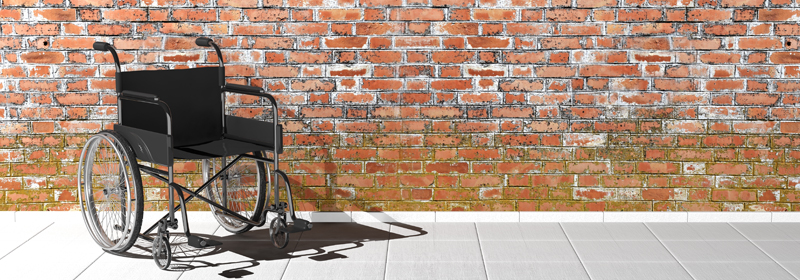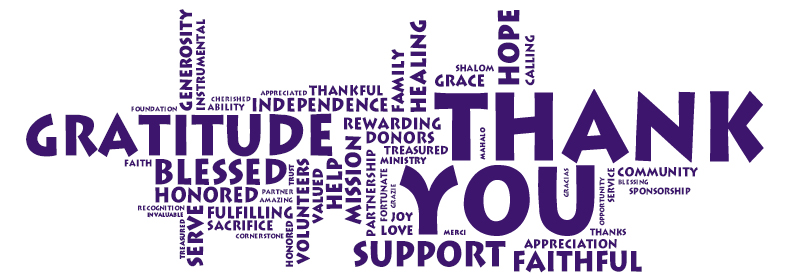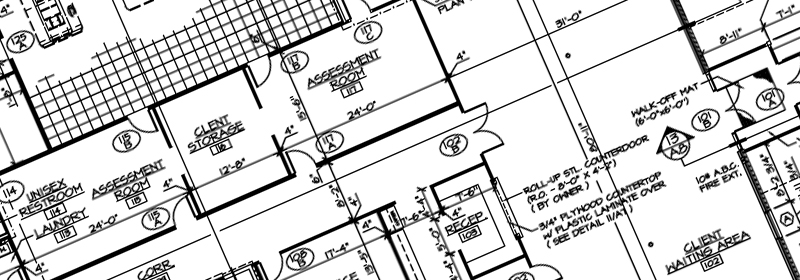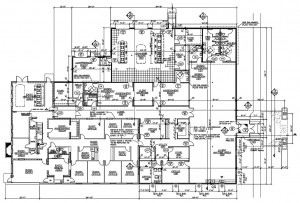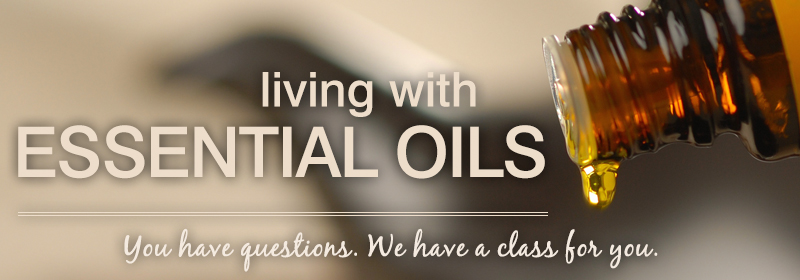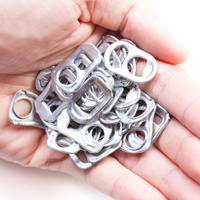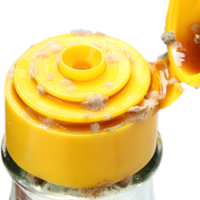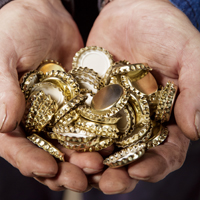The Empty Wheelchair
Most people spend the first week of a new year with great intensions of making healthy, life-changing goals and resolutions, and then worrying about how long it will be until they break them. For Mary, 2015 brought with it completely new and unexpected goals: survival and recovery.
Just after the first of the year, Mary suffered a series of severe strokes that left her fighting for her life. The result of the oxygen deprivation to Mary’s brain tissue had devastating consequences as she was no longer able to use her left arm or leg. When she was stabilized, Mary was transferred to a long-term care facility where she could receive intense therapy services in hopes of regaining her lost motor function.
Before Mary’s strokes, she enjoyed a very active, independent lifestyle both around her house and out in the community. She also was very conscious regarding her diet and physical health. For Mary, now being confined to a wheelchair was mentally and emotionally draining. Instead of healing and recovering from her strokes, Mary’s family watched her slip further and further away and feared that she might never reclaim her independence. They grew increasingly concerned that the medications she was now taking were having an adverse effect on Mary. Her cognitive abilities became obscured and she felt confused about almost everything. She sensed that she was literally losing her mind. Instead of rebuilding her motor skills, Mary began losing upper body trunk control and was no longer even able to even get out of bed on her own.
Most people have experienced a close relative or friend who has suffered a stroke that has left them crippled or unable to function by themselves, or without the ability to eat, understand or communicate. The end result of these severe strokes is often the same; patients with significant disabilities need round-the-clock advanced care. As in the case of Mary, the needs of the patient and family members after a stroke are enormous. Mary’s family knew that they needed to act fast or they ran the risk of watching her continue on this downward spiral into a complete loss of independence.
They began researching additional treatment and therapy options for Mary. What they discovered was that through the use of Hyperbaric Oxygen Therapy (HBOT), medical researchers have found a way to restore a significant amount of neurological function in brain tissue long thought to be permanently damaged by stroke, traumatic injury, and metabolic disorders.
The brain typically consumes 20 percent of the body’s oxygen, but that is only enough oxygen to operate five to ten percent of neurons at any one time. The regeneration process needed for healing following a traumatic brain injury requires much more energy. The significant increase in oxygen levels during Hyperbaric Oxygen Therapy supplies the necessary energy for rebuilding neuronal connections and stimulating inactive neurons to facilitate the healing process. This neuroplasticity allows the neurons (nerve cells) in the brain to compensate for injury and disease and to adjust their activities in response to new situations or to changes in their environment.
Additionally, when cells in the brain die, either from trauma or lack of oxygen, blood plasma leaks out into surrounding brain tissue causing swelling and reducing blood flow. These otherwise normal cells go dormant because they can’t function without the appropriate amount of oxygen. HBOT dramatically increases the amount of oxygen being carried in the blood plasma, making oxygen available to heal damaged capillary walls, preventing plasma leakage and reducing swelling. As the swelling decreases, blood flow can be restored to the dormant tissue (neovascularization) giving these cells the potential to function once again.
Research indicates that HBOT can lead to significant neurological improvements in post stroke patients even at chronic late stages. The neurological improvements observed in these late stages demonstrate that neuroplasticity can be achieved and activated by HBOT even years after a brain injury occurs.
In February, five weeks after Mary suffered her strokes, she started Hyperbaric Oxygen Therapy at Sara’s Garden. After the first hour of treatment she began lifting her left leg. Her daughter wept. A few days later, her family checked her out of the rehab center and took her home. The following week Mary regained the use of her legs enough that she began walking again. After three weeks she was able to shower on her own. During the fourth week of treatments, Mary was back to making bread and doing the dishes. As time went on, Mary continued to get even stronger. She was able to return to a schedule that was very close to her life before the strokes.
Thanks to Hyperbaric Oxygen Therapy at Sara’s Garden, Mary finally has her independence back. The wheelchair that served as a frustrating reminder that life was never going to be the same is now empty. It was hard work and her family pushed her, but they contend that it was the services she received at Sara’s Garden that ultimately gave Mary her life back. No matter what you’ve been told, there is hope… for this and many other conditions. HBOT is treatment without drugs… without surgery… without pain.


